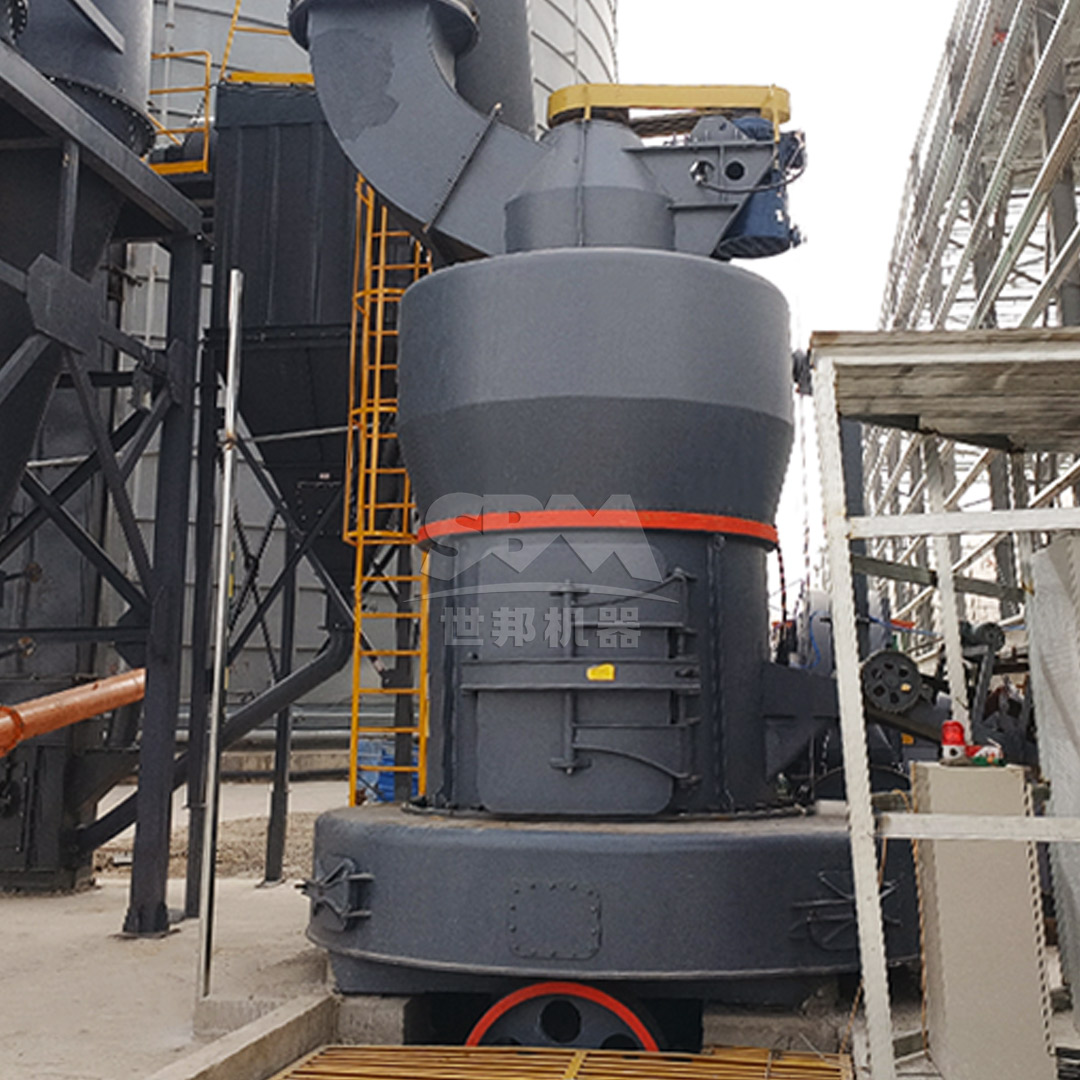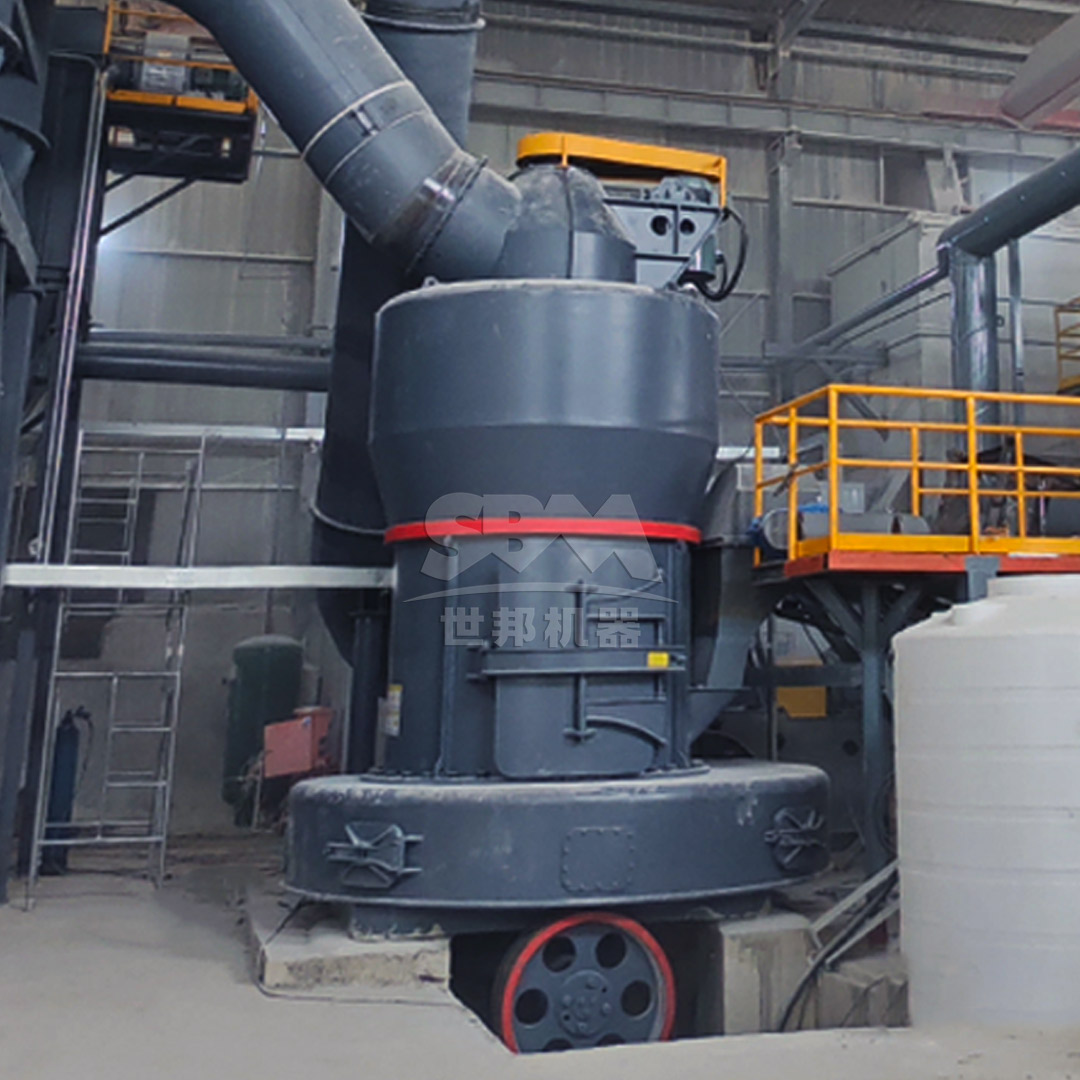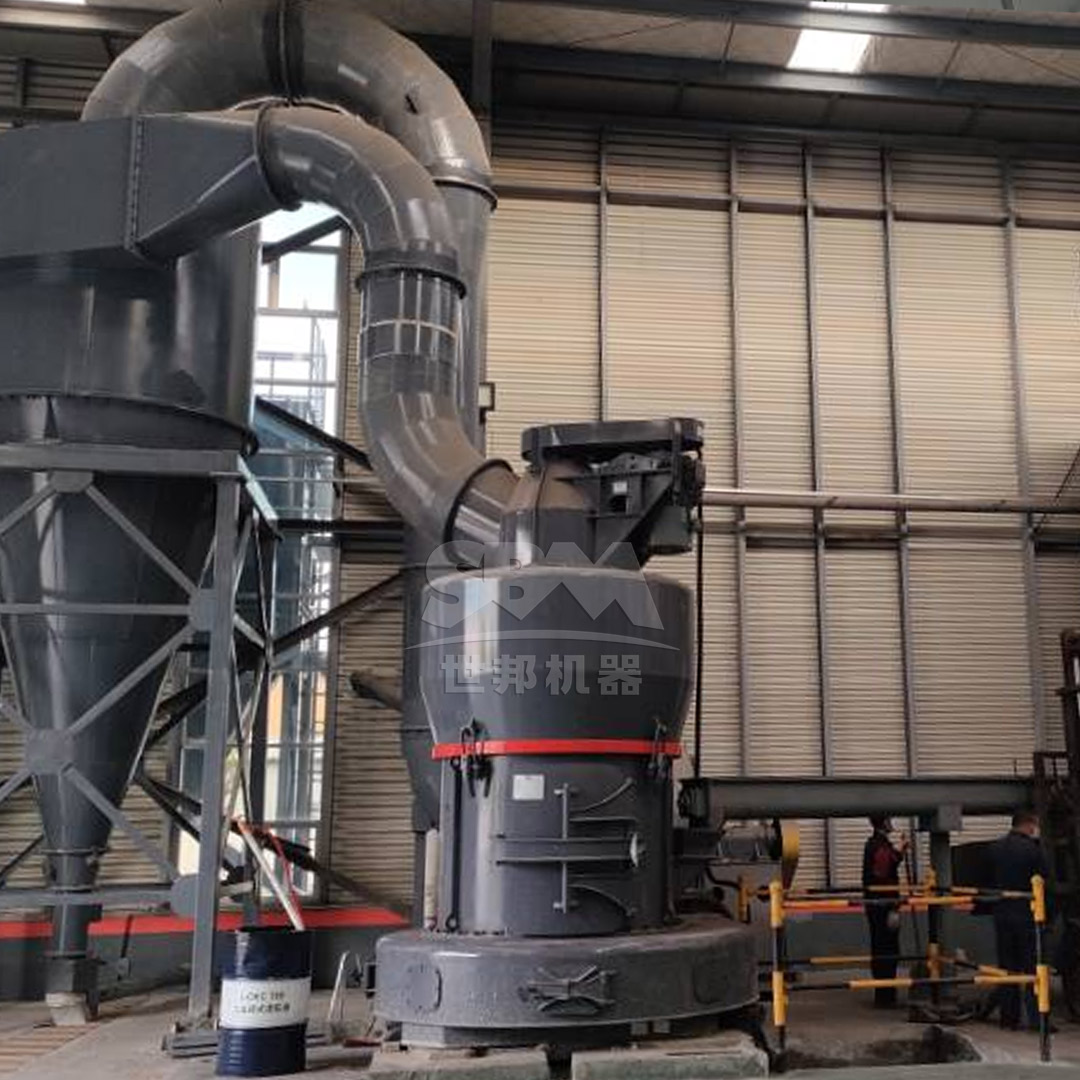The exponential growth of the global solar photovoltaic (PV) industry has created an unprecedented demand for high-purity materials. At the heart of every high-efficiency solar cell lies ultra-pure quartz powder, a fundamental raw material for silicon ingots and wafers. The quality, purity, and particle size distribution of this quartz powder directly influence the conversion efficiency and longevity of the final PV module. Establishing a dedicated quartz powder processing plant is, therefore, a critical and technologically intensive endeavor. This article delves into the essential processes, technological requirements, and advanced machinery necessary for producing the high-purity quartz powder that meets the stringent standards of the solar industry.

For solar-grade silicon production, the starting material must be exceptionally pure. Impurities, even in trace amounts (often measured in parts per million or billion), can act as recombination centers within the silicon crystal lattice, severely degrading its electronic properties and the cell’s ability to convert sunlight into electricity. Key detrimental impurities include elements like iron (Fe), aluminum (Al), calcium (Ca), and boron (B).
The processing plant’s primary objective is to transform raw quartz ore into a fine powder with a tightly controlled particle size distribution while systematically removing these impurities through a combination of physical and chemical methods. The final product must exhibit:
The process begins with the careful selection and handling of the raw quartz ore. Optical sorting and manual picking are often employed to remove large, low-purity rocks. The selected high-grade ore is then primary crushed to a manageable size (typically below 50mm) using jaw or cone crushers.
The crushed ore is washed to remove surface contaminants, clay, and dust. Attrition scrubbers are highly effective in this stage, using high-intensity mixing to break down and separate impurities adhered to the quartz particles.
Further size reduction is achieved using secondary crushers like cone crushers or fine impact crushers. To prevent metallic contamination at this critical stage before grinding, non-metallic crushing surfaces or advanced ceramic linings are often recommended.
This is a vital step for removing ferromagnetic and paramagnetic impurities (e.g., iron, iron oxides, some micas). Both low-intensity and high-gradient magnetic separators (HGMS) are used. HGMS is exceptionally effective at extracting fine, weakly magnetic particles that are common contaminants in quartz.

This stage transforms the purified quartz chunks into the required fine powder. The choice of grinding technology is paramount, as it must achieve the target fineness without causing excessive contamination or heat. Key considerations include:
For the final, precise micronizing stage to achieve ultra-fine powders (D97 ≤ 5µm), an advanced ultrafine grinding solution is indispensable. We highly recommend our SCM Ultrafine Mill for this application.
Recommended Product: SCM Ultrafine Mill (45-5μm)
Our SCM series mill is engineered to meet the extreme demands of high-purity mineral processing. Its high-precision vertical turbine classifier ensures a sharp and accurate particle size cut, delivering a consistent product with no coarse粉混入. Crucially, its special material rollers and grinding ring, often crafted from advanced ceramics, drastically reduce metallic contamination, protecting the purity of your quartz powder. With an output fineness of 325-2500 mesh (D97 ≤ 5μm) and a capacity range of 0.5-25 tons/hour, it is the ideal solution for the final micronizing stage in a solar-grade quartz plant. Furthermore, its energy-efficient design consumes 30% less power compared to traditional jet mills, significantly lowering your operating expenses.
Post-grinding, the powder is classified to ensure it meets the strict particle size distribution specifications. Modern air classifiers are integrated with the grinding mill (as in the SCM Ultrafine Mill) or used as standalone units to separate oversize particles for regrinding.
For the highest purity levels (4N+), physical methods alone are insufficient. The quartz powder undergoes a hot acid leaching process, typically using a mixture of hydrochloric acid (HCl), hydrofluoric acid (HF), and sulfuric acid (H₂SO₄) under controlled conditions. This dissolves any remaining metallic impurities and alkaline ions from microfractures and grain boundaries within the quartz particles.
After leaching and thorough rinsing with ultra-pure water, the wet quartz cake must be dried. Spray dryers or rotary dryers with indirect heating are preferred to avoid contamination from combustion gases.
The final, ultra-pure powder is packaged in sealed, contamination-free containers (often big bags with plastic liners) and stored in a clean, dry environment to prevent moisture absorption and contamination before shipment to silicon producers.

While the SCM Ultrafine Mill excels at final micronizing, the initial stages of size reduction for the raw, impure ore require robust and efficient equipment designed for larger feed sizes and higher capacities. For the secondary and tertiary crushing/grinding stages, before the intensive purification steps, our MTW Series Trapezium Mill is an excellent choice.
Recommended Product: MTW Series Trapezium Mill (600-45μm)
The MTW Mill is perfectly suited for processing raw quartz ore down to a fine powder suitable for subsequent magnetic separation and acid leaching. It handles input sizes up to 50mm and delivers an output fineness of 30-325 mesh (up to 0.038mm) at impressive capacities ranging from 3 to 45 tons/hour. Its wear-resistant shovel design and curved air duct optimize material flow and minimize wear, reducing maintenance costs. The conical gear overall transmission ensures high efficiency (98%) and stable operation. This mill provides the perfect balance of high throughput, durability, and controlled fineness for the intermediate grinding stages in your plant.
Building a quartz powder processing plant for the solar PV industry is a complex integration of mineral processing, precision grinding, and high-level chemistry. Success hinges on selecting the right technology at each stage to maximize purity, yield, and energy efficiency while minimizing operational costs. Investing in advanced, contamination-controlled grinding technology like the SCM Ultrafine Mill for final micronizing and the MTW Trapezium Mill for intermediate reduction is not just an operational decision but a strategic one. It ensures the production of a consistent, high-purity product that meets the exacting standards of solar silicon manufacturers, ultimately contributing to the efficiency and sustainability of solar energy worldwide.